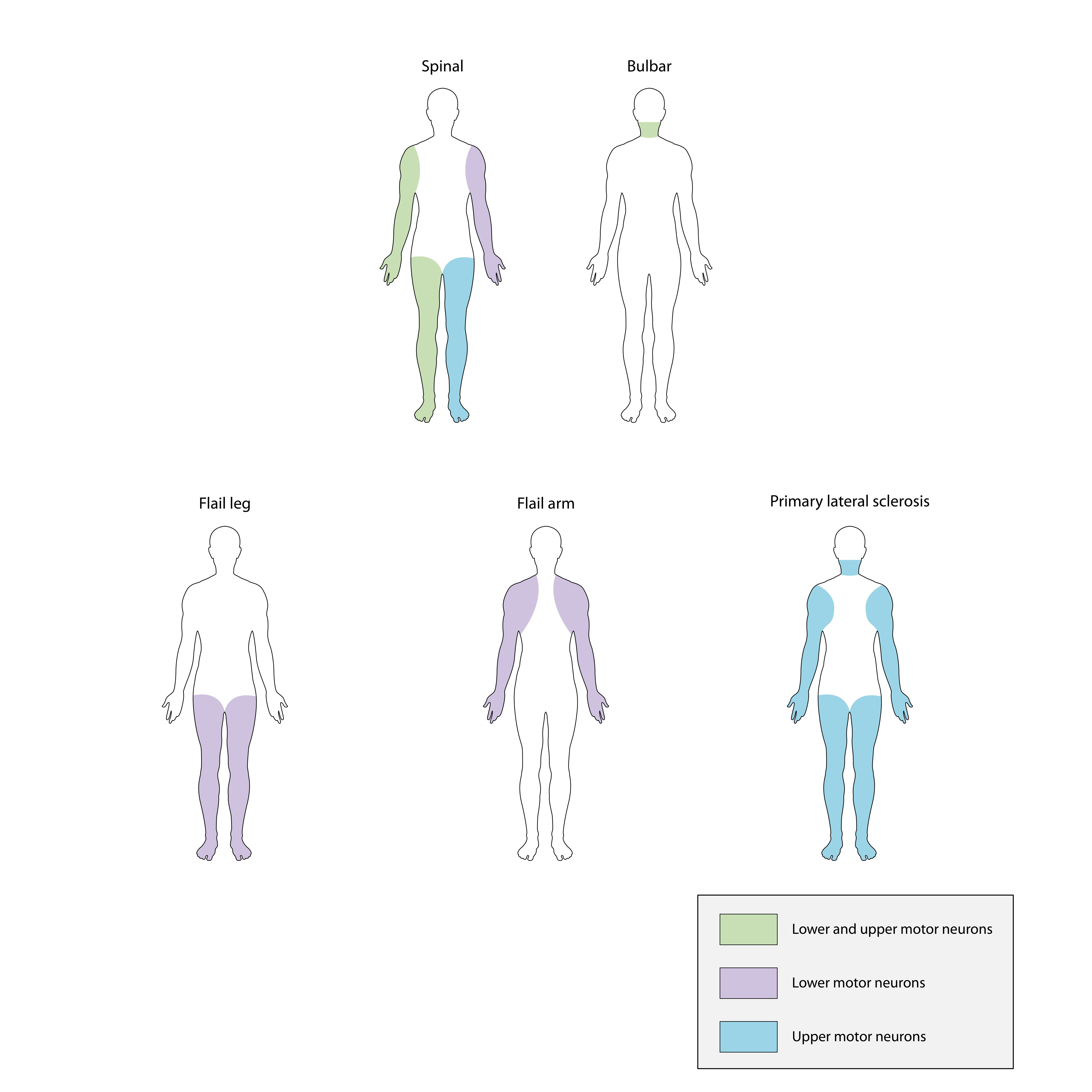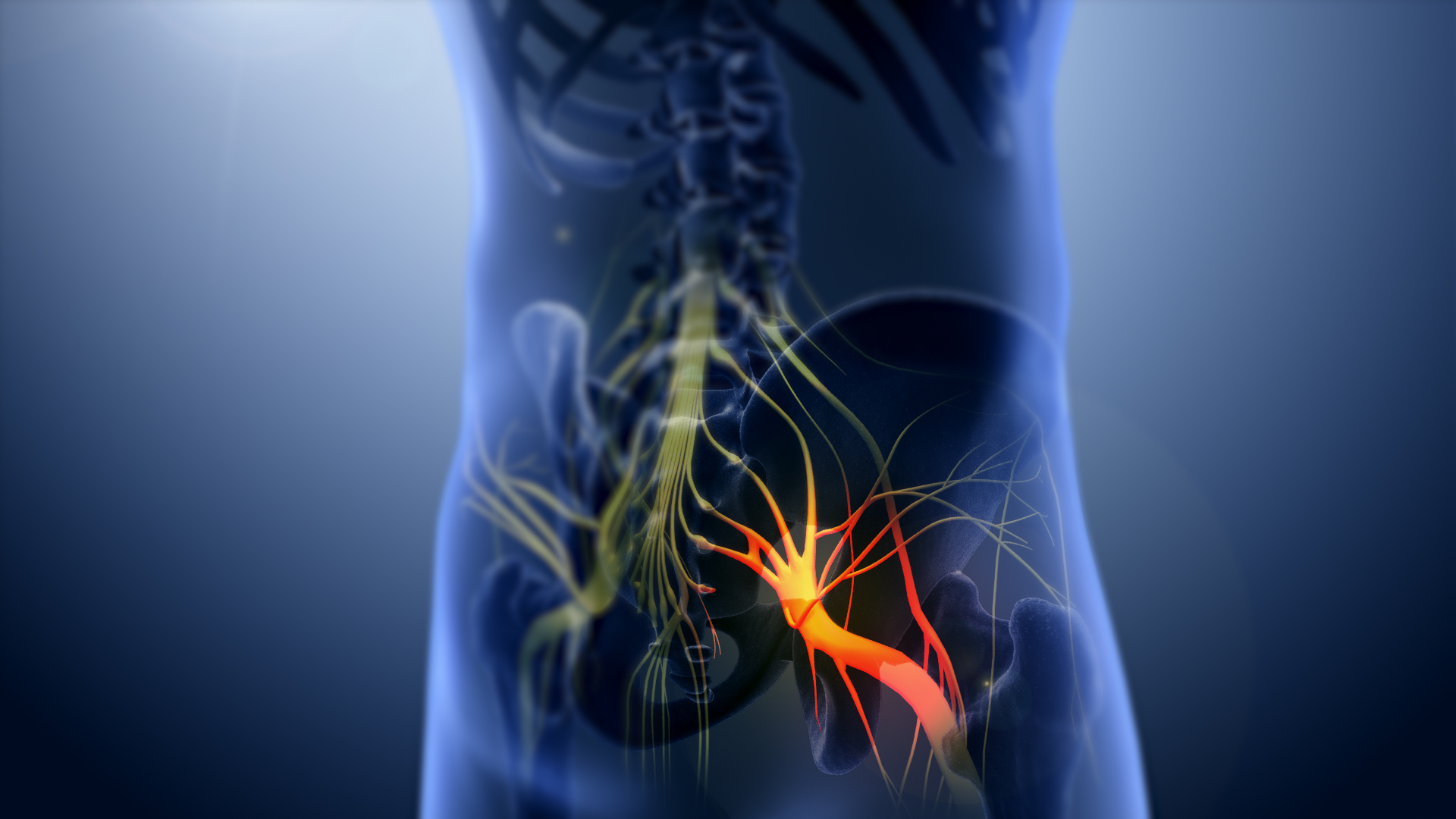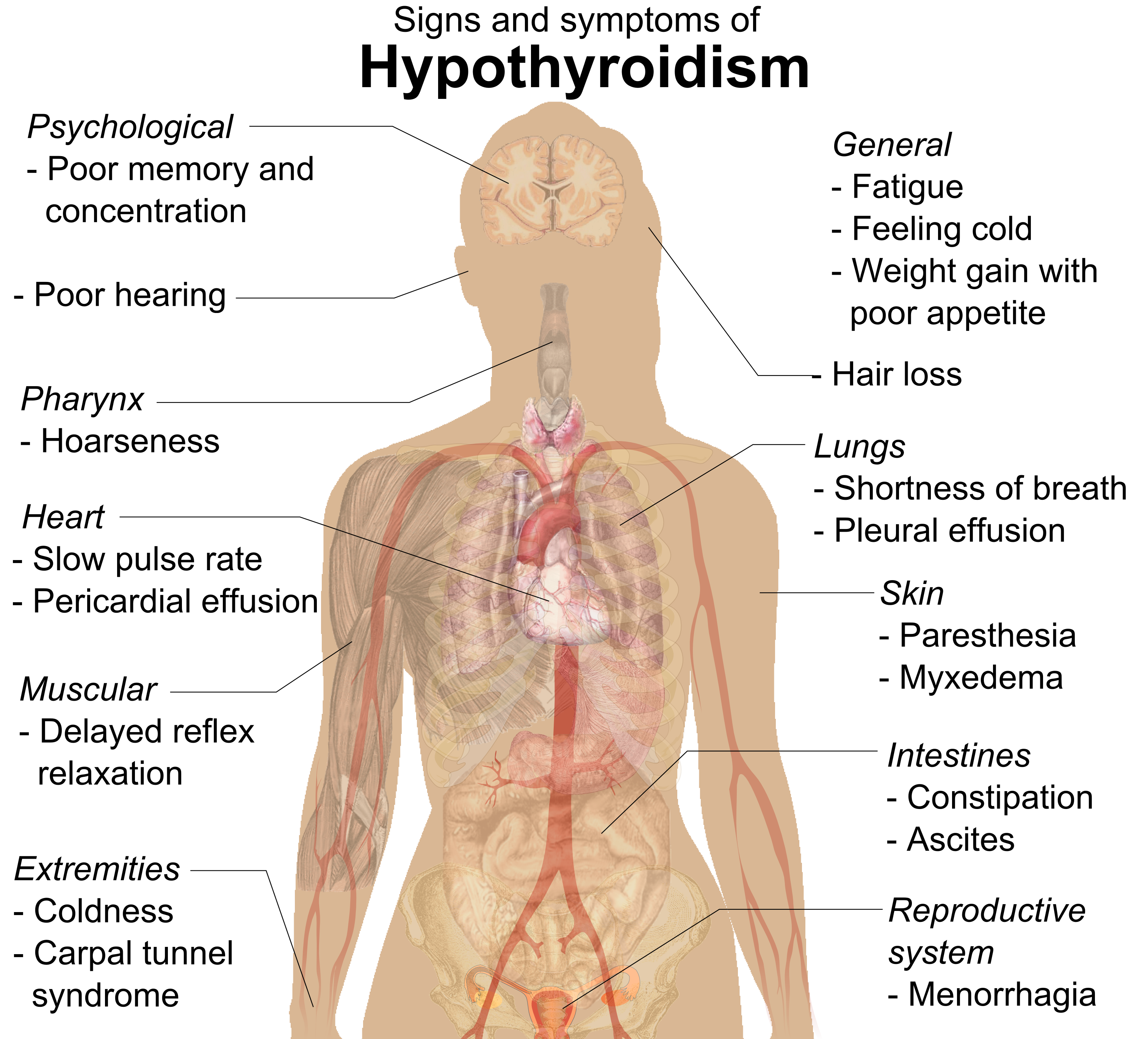|
Achilles Reflex
The ankle jerk reflex, also known as the Achilles reflex, occurs when the Achilles tendon is tapped while the foot is dorsiflexion, dorsiflexed. It is a type of stretch reflex that tests the function of the gastrocnemius muscle and the nerve that supplies it. A positive result would be the jerking of the foot towards its Sole (foot), plantar surface. Being a deep tendon reflex, it is Reflex arc#Monosynaptic vs. Polysynaptic, monosynaptic. It is also a stretch reflex. These are monosynaptic Spinal cord, spinal segmental reflexes. When they are intact, integrity of the following is confirmed: cutaneous innervation, motor supply, and Motor cortex, cortical input to the corresponding spinal segment. Root value This reflex is mediated by the S1 spinal segment of the spinal cord. Procedure and components Ankle of the patient is relaxed. It is helpful to support the ball of the foot at least somewhat to put some tension in the Achilles tendon, but don’t completely dorsiflex the ankle. ... [...More Info...] [...Related Items...] OR: [Wikipedia] [Google] [Baidu] |
Achilles Tendon
The Achilles tendon or heel cord, also known as the calcaneal tendon, is a tendon at the back of the lower leg, and is the thickest in the human body. It serves to attach the plantaris, gastrocnemius (calf) and soleus muscles to the calcaneus (heel) bone. These muscles, acting via the tendon, cause plantar flexion of the foot at the ankle joint, and (except the soleus) flexion at the knee. Abnormalities of the Achilles tendon include inflammation ( Achilles tendinitis), degeneration, rupture, and becoming embedded with cholesterol deposits ( xanthomas). The Achilles tendon was named in 1693 after the Greek hero Achilles. History The oldest-known written record of the tendon being named after Achilles is in 1693 by the Flemish/Dutch anatomist Philip Verheyen. In his widely used text he described the tendon's location and said that it was commonly called "the cord of Achilles." The tendon has been described as early as the time of Hippocrates, who described it as th ... [...More Info...] [...Related Items...] OR: [Wikipedia] [Google] [Baidu] |
Herniated Disk
A disc herniation or spinal disc herniation is an injury to the intervertebral disc between two vertebrae, usually caused by excessive Strain (injury), strain or trauma to the Vertebral column, spine. It may result in back pain, pain or sensation in different parts of the body, and physical disability. The most conclusive diagnostic tool for disc herniation is MRI, and treatments may range from painkillers to surgery. Protection from disc herniation is best provided by Core (anatomy), core strength and an awareness of body mechanics including good posture. When a tear in the outer, fibrous ring of an intervertebral disc allows the soft, central portion to bulge out beyond the damaged outer rings, the disc is said to be herniated. Disc herniation is frequently associated with age-related degeneration of the outer ring, known as the ''Annulus fibrosus disci intervertebralis, annulus fibrosus'', but is normally triggered by trauma or straining by lifting or twisting. Tears are almo ... [...More Info...] [...Related Items...] OR: [Wikipedia] [Google] [Baidu] |
Concussion
A concussion, also known as a mild traumatic brain injury (mTBI), is a head injury that temporarily affects brain functioning. Symptoms may include headache, dizziness, difficulty with thinking and concentration, sleep disturbances, a brief period of memory loss, brief loss of consciousness, problems with balance, nausea, blurred vision, and mood changes. Concussion should be suspected if a person indirectly or directly hits their head and experiences any of the symptoms of concussion. Symptoms of a concussion may be delayed by 1–2 days after the accident. It is not unusual for symptoms to last 2 weeks in adults and 4 weeks in children. Fewer than 10% of sports-related concussions among children are associated with loss of consciousness. Common causes include motor vehicle collisions, falling (accident), falls, Concussions in sport, sports injuries, and bicycle accidents. Risk factors include physical violence, drinking ethanol, alcohol and a prior history of concussion. ... [...More Info...] [...Related Items...] OR: [Wikipedia] [Google] [Baidu] |
Idiopathic
An idiopathic disease is any disease with an unknown cause or mechanism of apparent spontaneous origin. For some medical conditions, one or more causes are somewhat understood, but in a certain percentage of people with the condition, the cause may not be readily apparent or characterized. In these cases, the origin of the condition is said to be idiopathic. With some other medical conditions, the root cause for a large percentage of all cases has not been established—for example, focal segmental glomerulosclerosis or ankylosing spondylitis; the majority of these cases are deemed idiopathic. Certain medical conditions, when idiopathic, notably some forms of epilepsy and stroke, are preferentially described by the synonymous term of cryptogenic. Derivation The term 'idiopathic' derives from Greek ''idios'' "one's own" and ''pathos'' "suffering", so ''idiopathy'' means approximately "a disease of its own kind". Examples Diseases where the cause is seen as wholly or partly ... [...More Info...] [...Related Items...] OR: [Wikipedia] [Google] [Baidu] |
Adie Syndrome
Adie syndrome, also known as Holmes–Adie syndrome, is a neurological disorder characterized by a tonically dilated pupil that reacts slowly to light but shows a more definite response to accommodation (i.e., light-near dissociation). It is frequently seen in females with absent knee or ankle jerks and impaired sweating. The syndrome is caused by damage to the postganglionic fibers of the parasympathetic innervation of the eye, usually by a viral or bacterial infection that causes inflammation, and affects the pupil of the eye and the autonomic nervous system. It is named after the British neurologists William John Adie and Gordon Morgan Holmes, who independently described the same disease in 1931. Signs and symptoms Adie syndrome presents with three hallmark symptoms, namely at least one abnormally dilated pupil (mydriasis) which does not constrict in response to light, loss of deep tendon reflexes, and abnormalities of sweating. Other signs may include hyperopia du ... [...More Info...] [...Related Items...] OR: [Wikipedia] [Google] [Baidu] |
Radiculopathy
Radiculopathy (; ), also commonly referred to as pinched nerve, refers to a set of conditions in which one or more nerves are affected and do not work properly (a neuropathy). Radiculopathy can result in pain (radicular pain), weakness, altered sensation (paresthesia) or difficulty controlling specific muscles. Pinched nerves arise when surrounding bone or tissue, such as cartilage, muscles or tendons, put pressure on the nerve and disrupt its function. In a radiculopathy, the problem occurs at or near the root of the nerve, shortly after its exit from the spinal cord. However, the pain or other symptoms often radiate to the Dermatome (anatomy), part of the body Myotome, served by that nerve. For example, a nerve root impingement in the neck can produce pain and weakness in the forearm. Likewise, an impingement in the lower back or lumbar-sacrum, sacral Vertebral column, spine can be manifested with symptoms in the foot. The radicular pain that results from a radiculopathy should ... [...More Info...] [...Related Items...] OR: [Wikipedia] [Google] [Baidu] |
Cauda Equina Syndrome
Cauda equina syndrome (CES) is a condition that occurs when the bundle of nerves below the end of the spinal cord known as the cauda equina is damaged. Signs and symptoms include low back pain, sciatica, pain that radiates down the leg, numbness around the anus, and loss of bowel or bladder control. Onset may be rapid or gradual. The cause is usually a disc herniation in the lumbar spine, lower region of the back. Other causes include spinal stenosis, cancer, major trauma, trauma, epidural abscess, and epidural hematoma. The diagnosis is suspected based on symptoms and confirmed by medical imaging such as MRI or CT scan. CES is generally treated surgically via laminectomy. Sudden onset is regarded as a medical emergency requiring prompt surgical decompression, with delay causing permanent loss of function. Permanent bladder problems, sexual dysfunction or numbness may occur despite surgery. A poor outcome occurs in about 20% of people despite treatment. About 1 in 70,000 people ... [...More Info...] [...Related Items...] OR: [Wikipedia] [Google] [Baidu] |
Amyotrophic Lateral Sclerosis
Amyotrophic lateral sclerosis (ALS), also known as motor neuron disease (MND) or—in the United States—Lou Gehrig's disease (LGD), is a rare, Terminal illness, terminal neurodegenerative disease, neurodegenerative disorder that results in the progressive loss of both upper and lower motor neurons that normally control Skeletal muscle, voluntary muscle contraction. ALS is the most common form of the motor neuron diseases. ALS often presents in its early stages with gradual muscle Spasticity, stiffness, Fasciculation, twitches, Muscle weakness, weakness, and Muscle atrophy, wasting. Motor neuron loss typically continues until the abilities to eat, speak, move, and, lastly, breathe are all lost. While only 15% of people with ALS also fully develop frontotemporal dementia, an estimated 50% face at least some minor difficulties with cognitive disorder, thinking and behavior. Depending on which of the aforementioned symptoms develops first, ALS is classified as ''limb-onset'' (b ... [...More Info...] [...Related Items...] OR: [Wikipedia] [Google] [Baidu] |
Lumbosacral Plexus
The anterior divisions of the lumbar nerves, sacral nerves, and coccygeal nerve form the lumbosacral plexus, the first lumbar nerve being frequently joined by a branch from the twelfth thoracic. For descriptive purposes this plexus is usually divided into three parts: * lumbar plexus The lumbar plexus is a web of nerves (a nerve plexus) in the lumbar region of the body which forms part of the larger lumbosacral plexus. It is formed by the divisions of the first four lumbar nerves (L1–L4) and from contributions of the su ... * sacral plexus * pudendal plexus Injuries to the lumbosacral plexus are predominantly witnessed as bone injuries. Lumbosacral trunk and sacral plexus palsies are common injury patterns. References External links * - "Lumbosacral Plexus" Additional Images File:Slide2Anat.JPG, Lumbosacral plexus Deep dissection. File:Slide4Anat.JPG, Lumbosacral plexus Deep dissection. Nerve plexus Nerves of the lower limb and lower torso {{Ne ... [...More Info...] [...Related Items...] OR: [Wikipedia] [Google] [Baidu] |
Sciatic Nerve
The sciatic nerve, also called the ischiadic nerve, is a large nerve in humans and other vertebrate animals. It is the largest branch of the sacral plexus and runs alongside the hip joint and down the right lower limb. It is the longest and widest single nerve in the human body, going from the top of the leg to the foot on the posterior aspect. The sciatic nerve has no cutaneous branches for the thigh. This nerve provides the connection to the nervous system for the skin of the lateral leg and the whole foot, the muscles of the back of the thigh, and those of the leg and foot. It is derived from Spinal nerve, spinal nerves Lumbar spinal nerve 4, L4 to Sacral spinal nerve 3, S3. It contains Axon, fibres from both the anterior and posterior divisions of the lumbosacral plexus. Structure In humans, the sciatic nerve is formed from the L4 to S3 segments of the sacral plexus, a collection of nerve fibres that emerge from the Sacrum, sacral part of the spinal cord. The lumbosacral trunk ... [...More Info...] [...Related Items...] OR: [Wikipedia] [Google] [Baidu] |
Hypothyroidism
Hypothyroidism is an endocrine disease in which the thyroid gland does not produce enough thyroid hormones. It can cause a number of symptoms, such as cold intolerance, poor ability to tolerate cold, fatigue, extreme fatigue, muscle aches, constipation, slow heart rate, Depression (mood), depression, and weight gain. Occasionally there may be swelling of the front part of the neck due to goiter. Untreated cases of hypothyroidism during pregnancy can lead to delays in child development, growth and intellectual development in the baby or congenital iodine deficiency syndrome. Worldwide, iodine deficiency, too little iodine in the diet is the most common cause of hypothyroidism. Hashimoto's thyroiditis, an autoimmune disease where the body's immune system reacts to the thyroid gland, is the most common cause of hypothyroidism in countries with sufficient dietary iodine. Less common causes include previous treatment with iodine-131, radioactive iodine, injury to the hypothalamus ... [...More Info...] [...Related Items...] OR: [Wikipedia] [Google] [Baidu] |
Endocrine
The endocrine system is a messenger system in an organism comprising feedback loops of hormones that are released by internal glands directly into the circulatory system and that target and regulate distant organs. In vertebrates, the hypothalamus is the neural control center for all endocrine systems. In humans, the major endocrine glands are the thyroid, parathyroid, pituitary, pineal, and adrenal glands, and the (male) testis and (female) ovaries. The hypothalamus, pancreas, and thymus also function as endocrine glands, among other functions. (The hypothalamus and pituitary glands are organs of the neuroendocrine system. One of the most important functions of the hypothalamusit is located in the brain adjacent to the pituitary glandis to link the endocrine system to the nervous system via the pituitary gland.) Other organs, such as the kidneys, also have roles within the endocrine system by secreting certain hormones. The study of the endocrine system and its disorde ... [...More Info...] [...Related Items...] OR: [Wikipedia] [Google] [Baidu] |





